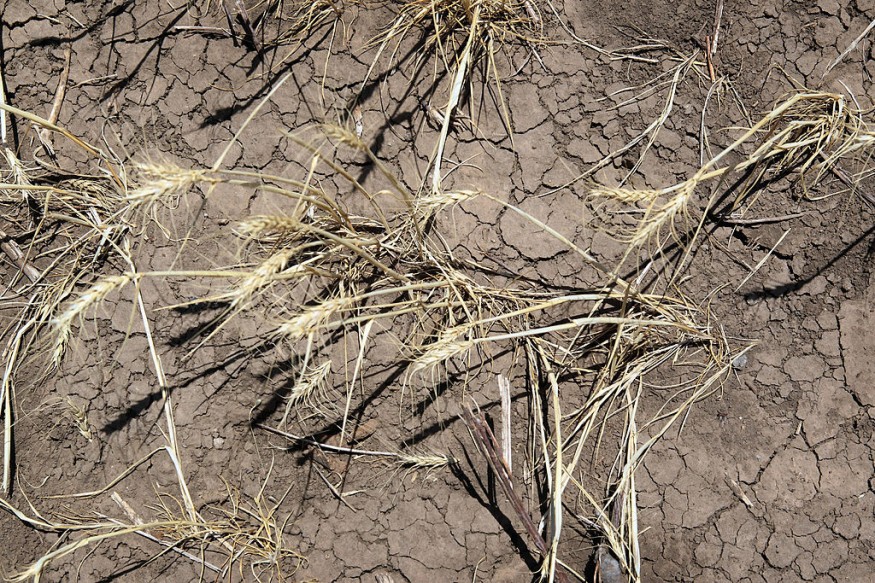
Experts warn that as the flash drought causes the worst dry conditions in places like Texas, the South of the US may experience major wildfires.
Dry Spells and Now a Flash Drought
In recent months, the Central-South US has faced severe drought, affecting around two-thirds of Texas, Oklahoma, Arkansas, Mississippi, Louisiana, and Tennessee. As of September 19, 65% of these states experienced drought, with 15% in "severe drought," 19% in "extreme drought," and 15% in "exceptional drought." Just three months earlier, on June 20, only 20% of these states were in drought.
Texas, Louisiana, and Mississippi experienced intense heat, with 82%, 100%, and 70%, respectively, experiencing drought. This rapid drought is attributed to a persistent high-pressure system causing reduced rainfall and higher temperatures, notably impacting cities like San Antonio, Austin, and Dallas.
Jeffrey Basara, chair of environmental, earth, and atmospheric sciences at the University of Massachusetts Lowell, highlighted the challenge of pinpointing the cause of the strong ridge due to transitioning from La Niña to El Niño, weakening their usual impacts. Likely, a feedback loop between land and atmosphere sustains this, termed a "flash drought" for its rapid onset.
Going from non-drought to exceptional drought in one to two months poses significant risks to industries reliant on surface water, especially agriculture. Flash droughts are hard to predict, catching planners off guard, and have profound ecological and socioeconomic consequences. They parch soil and vegetation, elevating wildfire risks and causing various issues for local communities.
A Whole New Level of Intense Droughts for Texas
While Texas is accustomed to drought conditions, according to Erica Smithwick, a distinguished professor of geography and ecosystem ecology, the intensity of this particular drought is noteworthy and is creating unsettling circumstances for fire hazards, agricultural output, and even human health.
When people go outside throughout the day in hot, dry conditions, they run the danger of suffering from heatstroke.
According to Smithwick, the human body can only cool itself within certain physiological bounds, and prolonged exposure to hot and dry temperatures can result in harmful conditions, particularly for weaker individuals like children and the elderly. The best way for the human body to battle extreme heart is to stay hydrated.
For the time being, this drought will not end anytime soon because the pressure system that is generating it is not going anywhere.
Extremely Dry Until Fall
Basara said that forecasts say that conditions will persist for a long time. Although there is increased precipitation over this specific region, it is often correlated with the rising El Niño conditions and affects the fall and winter, which will result in a longer span of time to recover from prolonged drought.
Because of this scenario, experts say that the area will remain extremely dry until the fall.
Smithwick emphasized that although El Niño might bring some storms to the area to improve the situation, it will still probably take a long time for the parched soils and groundwater to fully replenish. For instance, the state of California has observed that it might take many years of rainy weather to alleviate intensely severe drought conditions.
Related Article : Heatwave Leaves But Wildfires Remain as El Niño Starts with Gusty Winds in Australia
© 2025 NatureWorldNews.com All rights reserved. Do not reproduce without permission.





